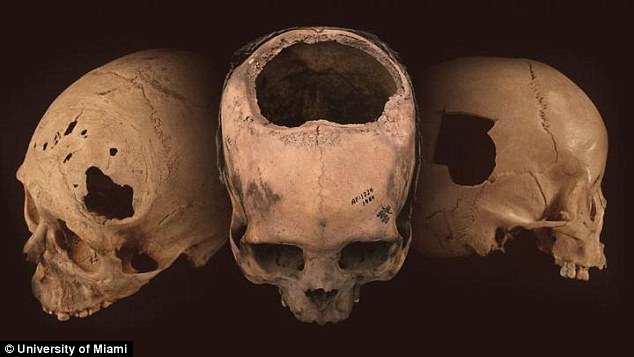In the annals of human history, the Central Andes region of Peru stands as a testament to the rich tapestry of ancient civilizations that once flourished amidst its rugged landscapes. Yet, beneath the awe-inspiring monuments and enigmatic artifacts lies a story of turmoil and upheaval—a narrative revealed through the meticulous analysis of skeletal remains dating back to a critical juncture in the region’s past. In a groundbreaking study published in the journal Latin American Antiquity, a team of international researchers sheds light on a period of crisis and violence that gripped ancient Peru during the transition from the Middle to Late Formative periods (1200–400 BCE).
Unveiling the Evidence:
Led by Peruvian bioarchaeologist Luis Pezo-Lanfranco, the research team conducted a detailed examination of skeletal remains unearthed from a burial ground in the Supe Valley region—a site nestled just kilometers away from the famed ceremonial center of Caral. Through painstaking analysis, the researchers uncovered a startling pattern of traumatic injuries inflicted upon the remains of individuals dating back to 500–400 BCE. Perimortem injuries, indicative of lethal interpersonal violence, were prevalent among a staggering 80% of the adult and adolescent individuals studied, painting a grim picture of repeated acts of aggression within ancient communities.
Tracing the Trauma:
The skeletal evidence paints a harrowing portrait of the violence that plagued ancient Peruvian society. Perimortem injuries to the skull, face, and chest suggest brutal encounters that resulted in fatal outcomes for many individuals, including children. Moreover, the presence of both perimortem and antemortem injuries among some individuals hints at the occurrence of multiple violent events throughout their lives—a testament to the pervasive nature of conflict during this tumultuous period.
Interpreting the Findings:
The findings of the study provide valuable insights into the socio-political dynamics and environmental pressures that shaped ancient Andean societies. The prevalence of violence and trauma observed among the skeletal remains underscores the destabilizing effects of political disintegration and resource scarcity—a reality exacerbated by the collapse of belief systems and the transition from theocracy to secular governance. As communities grappled with dwindling resources and population pressures, competition for survival likely fueled a cycle of conflict and bloodshed, leaving a lasting imprint on the archaeological record.
Beyond the Bones:
Beyond the evidence of violence, the skeletal analysis also offers glimpses into the daily lives and hardships endured by ancient Peruvians. High incidences of non-specific stresses and infectious diseases point to the challenging living conditions faced by individuals in the Supe Valley region—a testament to the harsh realities of life in a resource-poor environment. Additionally, the burial patterns and grave goods unearthed alongside the skeletal remains offer poignant reminders of ancient funerary practices and cultural beliefs surrounding death and rebirth.
Contextualizing the Collapse:
The study’s findings shed new light on the enigmatic collapse of the Chavín culture—a once-flourishing civilization that spanned Peru’s mountains and coast during the Middle to Late Formative transition. As ceremonial centers like Chavín de Huantar were abandoned, and political formations disintegrated, the fabric of Andean society underwent profound transformations. The demise of the Chavín system heralded a period of uncertainty and upheaval, marking the end of an era and the dawn of a new chapter in the region’s history.
As the dust of antiquity settles, the revelations gleaned from the study of ancient skeletal remains offer a window into the distant past of Peru’s Central Andes—a past marked by violence, resilience, and the inexorable march of time. Through interdisciplinary collaboration and cutting-edge research, scholars continue to unravel the mysteries of prehistoric civilizations, piecing together the fragments of history to illuminate the path forward. In the hallowed halls of academia and the dusty trenches of archaeological sites, the echoes of the past reverberate, reminding us of the enduring legacy of our shared human experience.
